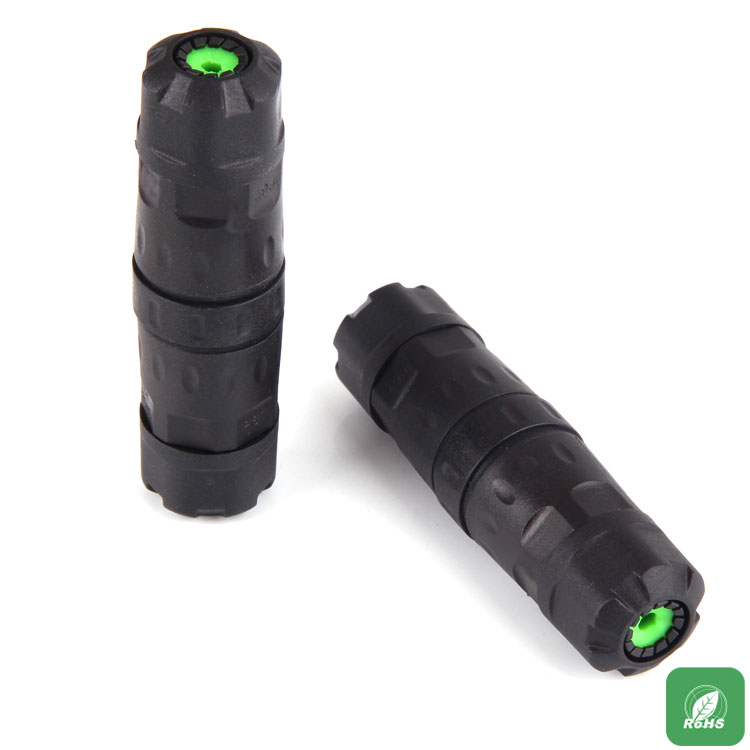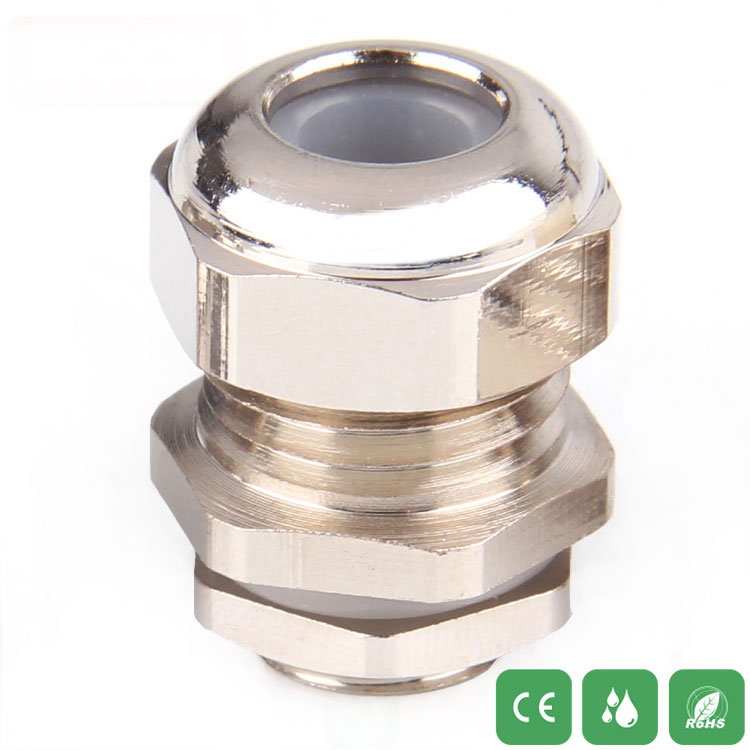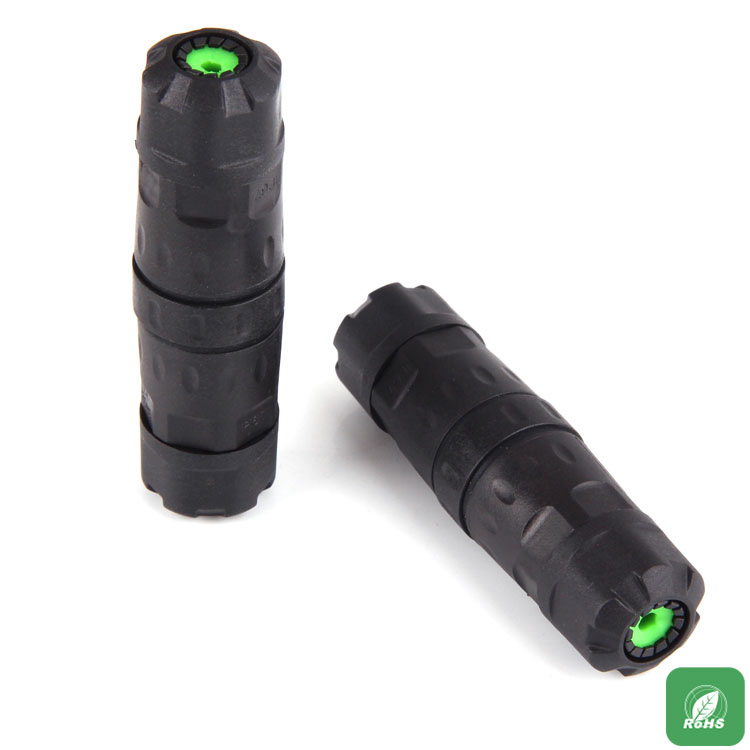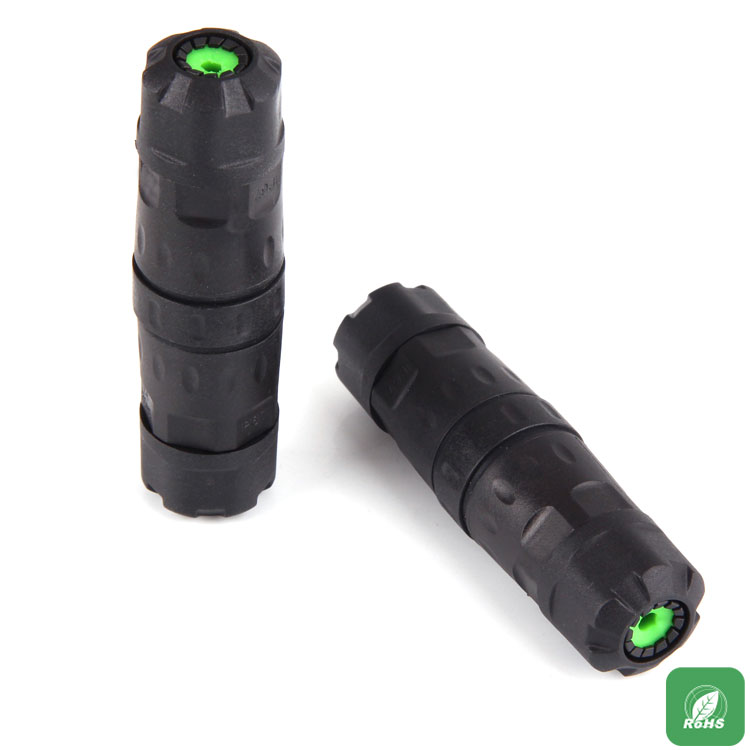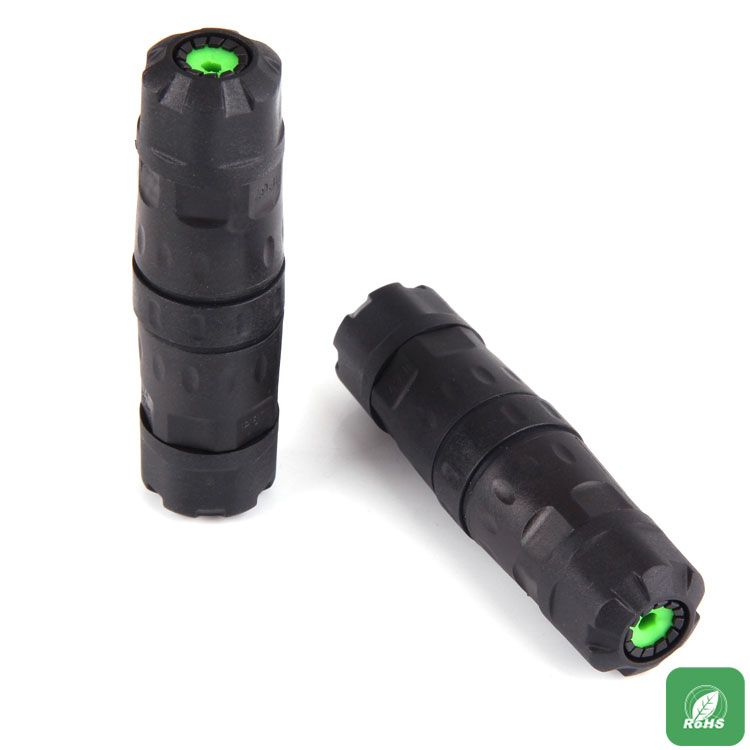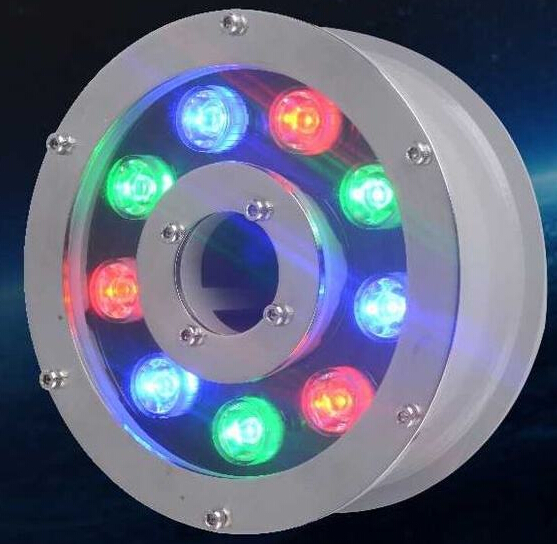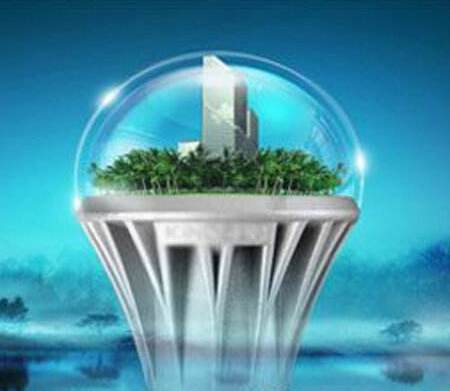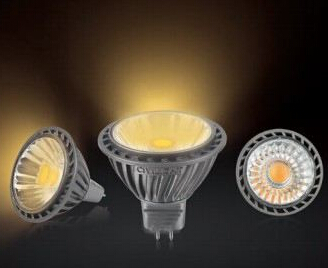Rare earth luminescent materials are one of the core materials for current illumination, display and information detectors, and are indispensable for the development of next-generation lighting and display technologies. At present, R&D and production of rare earth luminescent materials are mainly concentrated in China, Japan, the United States, Germany and South Korea. China has become the world's largest producer and consumer of rare earth luminescent materials. In the display field, wide color gamut, large size, high-definition display is an important development trend in the future. At present, there are many ways to achieve wide color gamut, such as liquid crystal display, QLED, OLED and laser display technology, among which liquid crystal display technology is now available. Formed a very complete liquid crystal display technology and industrial chain, with the greatest cost advantage, is also the focus of domestic and foreign display enterprise development. In the field of lighting, full-spectrum illumination like sunlight has become the focus of the industry as a healthier lighting method. As an important development direction of future lighting, laser lighting has attracted more and more attention in recent years, and has been the first to be applied in automotive headlight lighting systems, which can obtain much higher brightness than xenon headlights or LED lights. Lower energy consumption. As an indispensable physical environment factor for plant growth and development, light environment can improve plant growth, reduce plant flowering results, improve plant yield and production capacity through light quality regulation, control plant morphology, and become a global focus. A high-performance luminescent material suitable for plant growth lighting. In the field of information detection, the Internet of Things and biometric (biometric) technologies have a market prospect of trillions of dollars, and the core components of both require NIR sensors using rare earth luminescent materials. With the replacement of lighting and display devices, rare earth luminescent materials, which are core materials, are undergoing rapid changes. The current status and development trends of luminescent materials are detailed below.

At present, the phosphors commonly used in LED backlight liquid crystal display are Y3Al5O12: CE (YAG: CE) phosphor system and SIAlON: EU green phosphor (partially using silicate green powder) and nitride red phosphor combination system. Because the spectral peaks of the former are relatively wide and the color purity is not good, the display color gamut display range of the former is about 70% NTSC, while the latter technical scheme shows that the color gamut range can only be increased to 80% NTSC, but the color coordinates of the green powder. The color coordinate x value of the y value and the red powder are both low, and the color gamut display range of the display is difficult to reach 85% NTSC or more, and the light effect is 40% lower than the previous technical solution. The wide color gamut liquid crystal LED display technology refers to a display color gamut with 90% NTSC or more, which can accurately display images and rich colors, and realize the stunning visual effect of restoring the real world. At present, the key implementation of the wide color gamut LED backlight display is the "blue chip + SIAlON: EU green powder + fluoride red powder" system. However, the performance of the new high-efficiency fluoride phosphors for wide-color-domain liquid crystal display LED backlights developed by state-owned research rare earths is at a level comparable to the international level, especially the development of the only commercially available lanthanide fluoride phosphors. Domestic SIAlON: The performance of EU green powder is still far from the foreign countries. Although domestic rare earths can be used to achieve high-volume SIAlON: EU green powder in small batches, its main markets are monopolized by foreign companies.
At present, the industrialization level of liquid crystal display color gamut based on new LED backlights has exceeded 90% NTSC. It is urgent to develop new phosphors and LED backlights, and further increase the liquid crystal display color gamut to 110% NTSC and OLED/QLED technology. Fortunately, the development of narrow-band emission red powder with a longer wavelength than the existing fluoride phosphors and green powder with higher purity than SIAlON:EU green pink has already begun to emerge, and is expected to reach the application level in the next 2-3 years. It will surely build a very complete liquid crystal display technology and industrial chain in China, and seize the commanding heights of the future wide color gamut liquid crystal display technology, and realize a very good material foundation for the breakthrough and catch-up of liquid crystal display technology in China.
















 RCCN WeChat QrCode
RCCN WeChat QrCode Mobile WebSite
Mobile WebSite